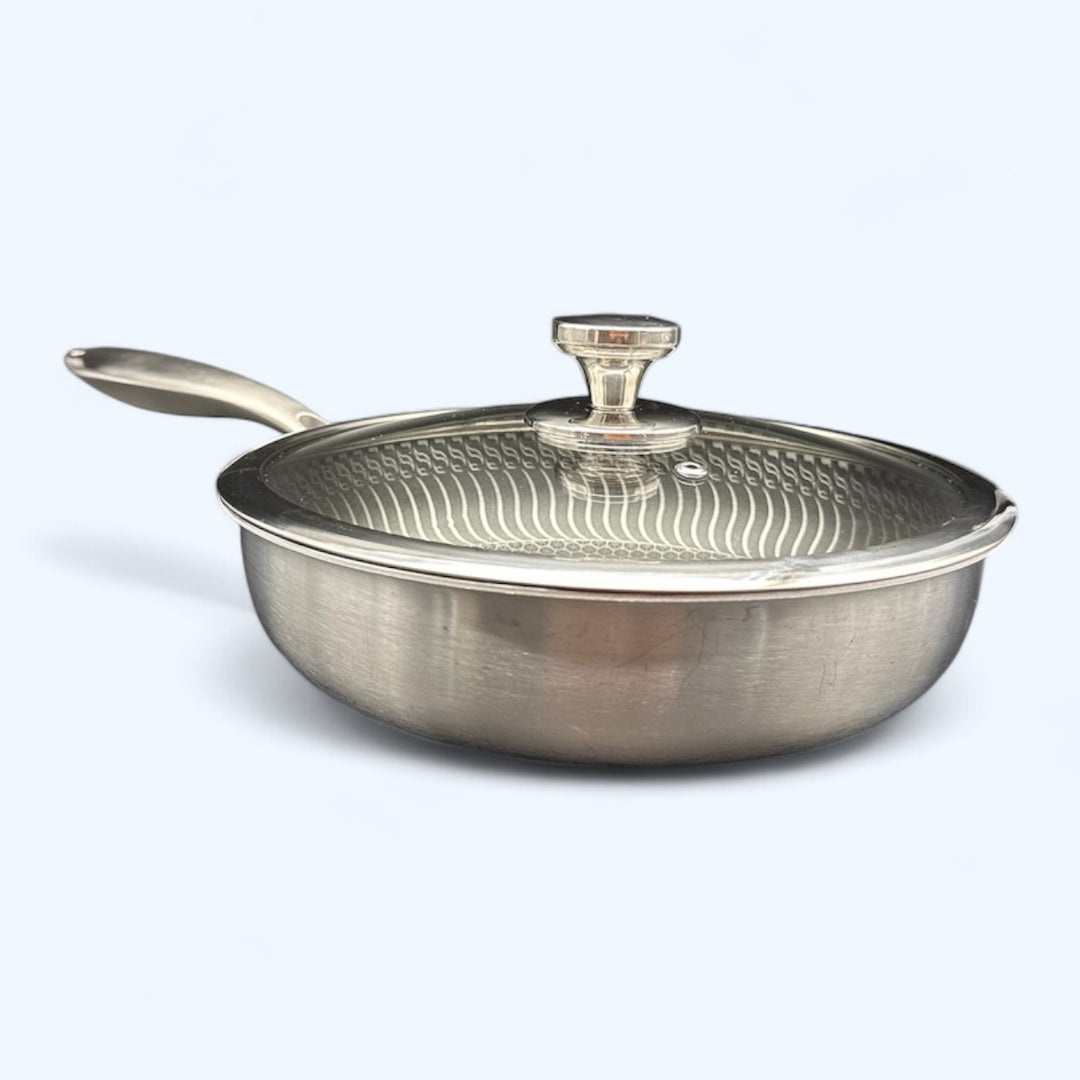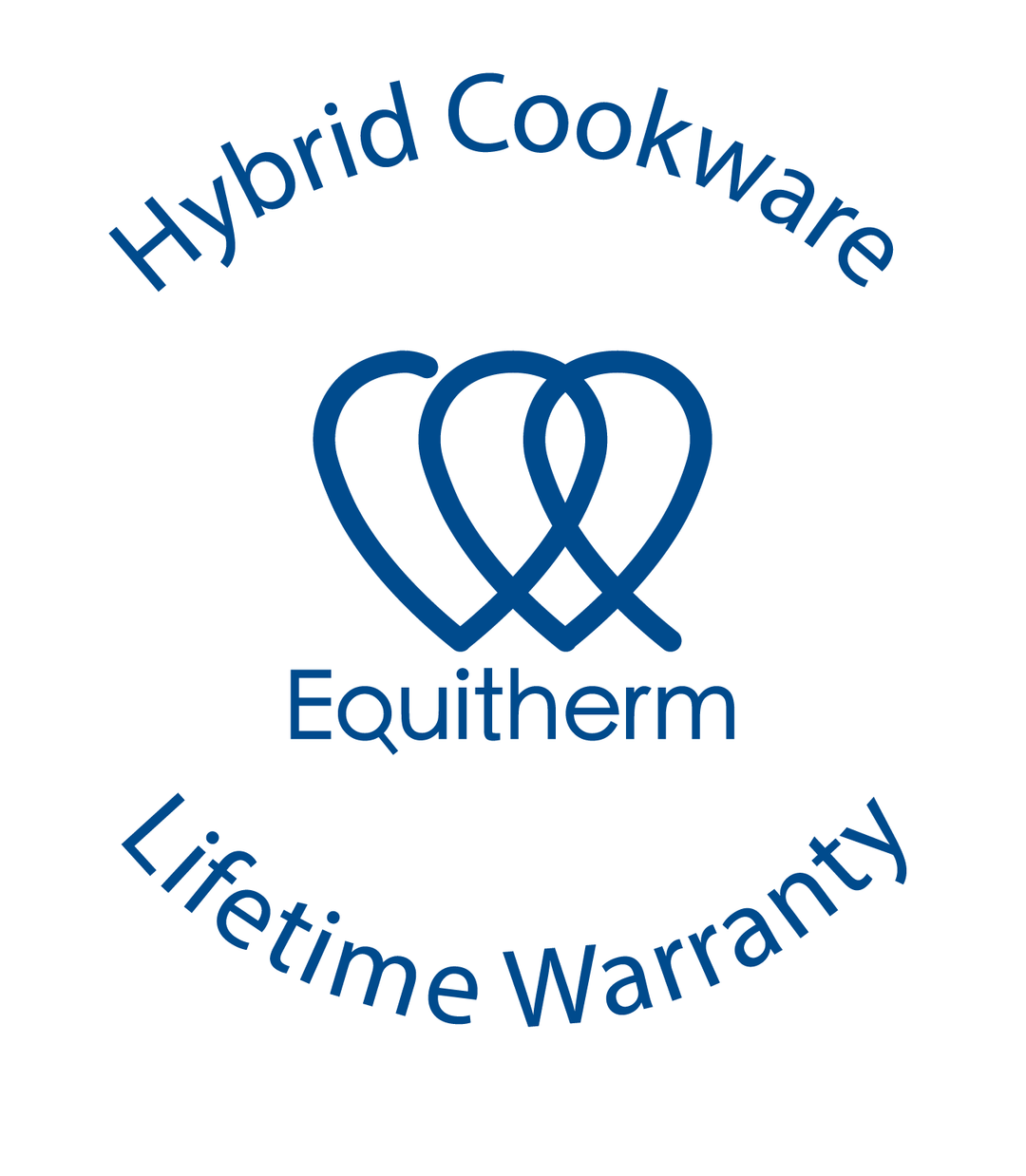The Truth About Teflon: What You Need to Know
Stainless steel, aluminium, titanium, or any alloy, by their very nature, are NOT non-stick surfaces. Despite what some marketing materials might suggest, humankind has yet to invent a way to treat these metals to be non-stick without the use of a chemical coating. Such an invention would revolutionize the world as we know it, with use cases extending far beyond the kitchen. Imagine non-stick surfaces in industrial machinery, medical devices, and even aerospace technology, where frictionless and easy-to-clean surfaces could enhance efficiency, safety, and performance across various fields.
This brings us to Teflon, a brand name for the chemical compound polytetrafluoroethylene (PTFE), which has been a staple in kitchens around the world for decades. Its non-stick properties make cooking and cleaning a breeze, but over the years, concerns about its safety have surfaced. Let’s dive into the truth about Teflon and address some common myths and facts.
What is Teflon?
Teflon is a synthetic chemical made up of carbon and fluorine atoms. It was first created in the 1930s and provides a non-reactive, non-stick, and almost frictionless surface. This makes Teflon-coated cookware convenient to use and easy to clean, requiring little oil or butter, which is great for low-fat cooking.
The PFOA Controversy
One of the major concerns about Teflon has been its association with perfluorooctanoic acid (PFOA), a chemical previously used in the manufacturing process of Teflon. PFOA has been linked to various health issues, including thyroid problems, infertility, and certain cancers. However, it’s important to note that PFOA has been phased out of Teflon production since 2013 and has never been used in any Equitherm products.
Is Teflon Safe Now?
Yes, Teflon is safe for use. The PTFE used in Teflon is inert in its solid form and does not pose a risk when used at normal cooking temperatures. Teflon-coated cookware is safe to use up to 260 degrees Celsius (500 degrees Fahrenheit), which is far higher than the temperatures typically reached during standard cooking conditions. However, overheating Teflon-coated cookware beyond this temperature can release fumes that may be harmful, so it’s crucial to use Teflon cookware properly and avoid excessive heat.
To further ensure safety and durability, the outside of Equitherm pans are uncoated stainless steel. This design choice prevents any potential issues with direct heat on the surface and maintains the integrity of the cookware.
Rebranding Teflon
Due to the controversies surrounding Teflon, many brands have rebranded their PTFE-coated cookware to distance themselves from the negative associations. Some companies use terms like “ceramic”, "stone" or other appealing names to market their products, even though they still contain PTFE.
The Equitherm Hybrid Cookware Advantage
Equitherm Hybrid Cookware stands out as a superior alternative to traditional non-stick cookware. Here are some of the key benefits:
- Hybrid Technology: Combines the best of non-stick Teflon and stainless steel, featuring raised stainless steel ridges that create a durable, scratch-resistant surface while allowing for even heat distribution and excellent browning.
- 3-Ply Construction: Engineered with three layers – stainless steel, aluminum, and stainless steel – for optimal heat conductivity and durability.
- Even Heat Distribution: Ensures consistent cooking across the entire surface, eliminating hot spots and providing perfect results every time.
- Scald-Resistant Handle: Ergonomically designed handle stays cool to the touch, providing a secure and comfortable grip.
- Oven Safe: Versatile enough to go from stovetop to oven, withstanding temperatures up to 260°C (500°F).
- Durable Construction: Built to last with high-quality materials that resist warping and scratching.
- Versatile Use: Perfect for frying, sautéing, searing, and more – ideal for everyday cooking.
Equitherm Hybrid Cookware offers the perfect balance of performance and convenience, making it an excellent choice for professionals and home chefs who demand the best. Whether you’re preparing a quick breakfast or a gourmet dinner, Equitherm cookware will help you achieve delicious results every time.
Conclusion
Teflon has come a long way since its inception, and modern Teflon cookware is safe when used correctly. By understanding the facts and exploring high-quality options like Equitherm Hybrid Cookware, you can enjoy the convenience of non-stick cooking without worry. Whether you stick with Teflon or explore alternatives, the key is to make informed choices that suit your cooking needs and preferences.






